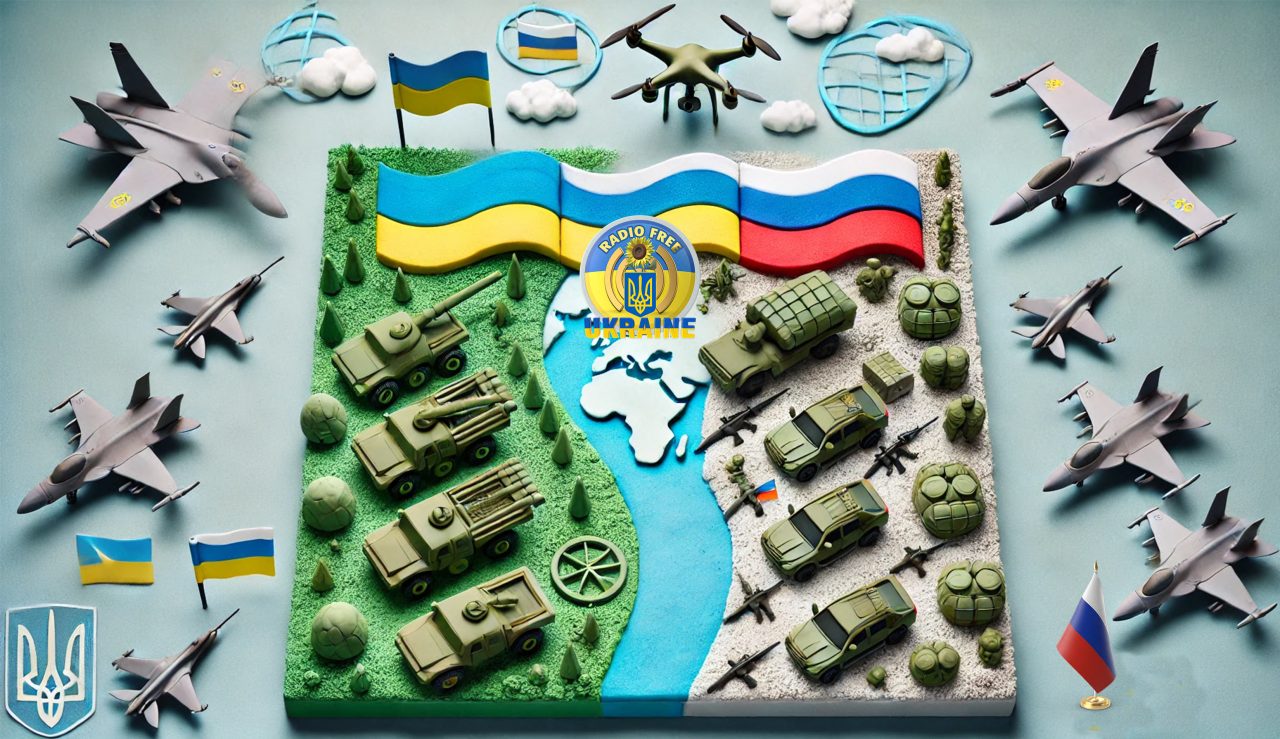February 21, 2025, Kyiv Ukraine
The conflict in Ukraine has evolved into a prolonged war of attrition marked by intense fighting across multiple fronts. Over the past year, fierce battles have taken place in key regions—most notably in the Kursk area in the northeast, near Charkiw, and along an extended front stretching from Kupjansk to Saporischschja. Russian forces have achieved significant territorial gains, reportedly advancing by thousands of square kilometers, while Ukrainian countermeasures have been more limited, primarily focused on delaying advances and holding strategic positions. This imbalance has been compared to a boxing match in which one fighter, relying on a strategy of attrition, consistently outperforms an opponent that initially displays rapid, but unsustained, aggression.

At the strategic level, the Russian military campaign has focused on systematically crippling Ukraine’s critical infrastructure. Through combined air strikes, involving the daily deployment of numerous drones and periodic cruise missile attacks, Russian forces have severely damaged or destroyed around 80% of vital facilities. In response, Ukraine has developed innovative countermeasures, including the use of long-range drones to target key assets within the Russian oil industry. Despite these efforts, the saturation tactics employed by the Russians continue to pose a significant challenge to Ukrainian defense capabilities.
Operational dynamics along the front line further complicate the situation. Russian forces have deployed approximately 700,000 troops across a wide expanse, organized into several maneuver groups, while Ukraine has mobilized around 400,000 troops on the front and maintained an additional reserve force of similar size. The resulting overextension of Ukrainian positions has created vulnerabilities that Russian forces have exploited, particularly by identifying and attacking gaps between Ukrainian units. The use of gliding bombs, with numbers reaching tens of thousands and weights of up to 3,000 kilograms, has added another layer of operational difficulty, severely straining Ukrainian air defenses and logistical capabilities.
Tactically, both sides have turned to innovative drone warfare to gain real-time intelligence and to disrupt enemy operations. First-person-view drones have become essential for conducting reconnaissance and directly engaging enemy targets, playing a critical role in a strategy characterized by numerous, low-intensity strikes intended to wear down the opponent. Although many of these drone attacks fail to hit their intended targets, the cumulative effect has resulted in significant material losses, particularly among armored vehicles. In localized combat zones, such as near Kursk and Kupjansk, these tactics have contributed to an increasingly fluid battlefield where rapid adjustments and countermeasures are a constant necessity.

Beyond the immediate battlefield, broader geopolitical shifts are emerging that will likely reshape the conflict’s future. Recent indications suggest a pivot in strategic responsibilities, with European powers expected to assume a more prominent role in any future military engagement, as signaled by high-level discussions and policy statements from influential figures. Economic interests, particularly concerning access to Ukraine’s mineral and rare earth resources, have further complicated the international landscape, with proposals for resource-sharing highlighting the deep strategic stakes involved. Additionally, Russian plans to establish expansive demilitarized zones, potentially extending east of key rivers to safeguard major cities and deny Ukraine access to the Black Sea, underscore the long-term territorial ambitions at play.
In summary, the protracted conflict in Ukraine is defined by a multifaceted approach that combines strategic infrastructure attacks, operational troop movements, and innovative tactical engagements. As both sides continue to adapt their methods and exploit new technologies, the war remains a test of endurance where time, resources, and morale will ultimately determine the outcome. The broader implications for European security and global power dynamics suggest that the reverberations of this conflict may extend far beyond the immediate region, challenging established alliances and potentially heralding a new era in international relations.